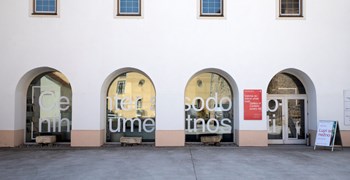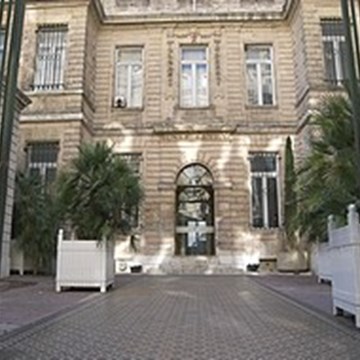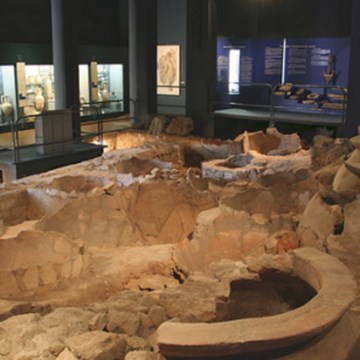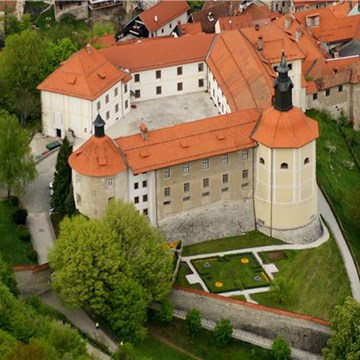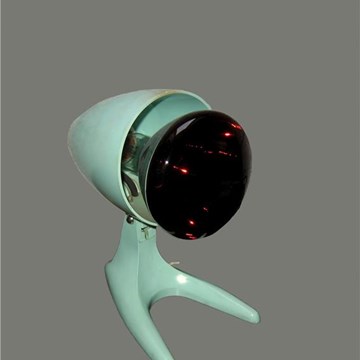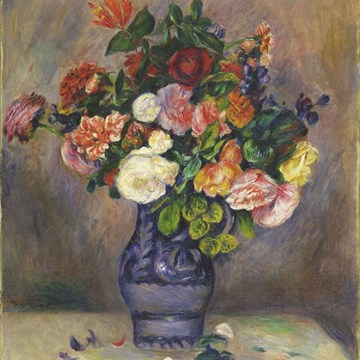How are you in Celje? How are you in Graz?
Daniela Brasil, Andreja Džakušič, Maja Hodošček, Luise Höggerl, Mark Požlep, Mojca Senegačnik, Helene Thümmel, Anton Tkachenko, Karin Vrbek, zweintopf
Celje, Slovenia & Graz, Austria
In the smaller cities, there is a persistent sense of missing out. This feeling, rooted in the centralisation of culture and life in the capital cities, prompts a deep exploration of what it truly means to live outside the central hub. The exhibition seeks to peel back the layers of this experience, uncovering the origins of the “small town complex” and examining the essence of what makes a city genuinely vibrant and alive.
Celje, with its rich historical and cultural heritage, serves as a starting point for this exploration. Its contemporary history offers a deep reflection on how a city shapes its residents and how, in turn, its residents bring the city to life. We question what it means to experience Celje – to absorb its rhythms, engage with its spaces, and become part of its story.
This exhibition is the result of a residency organised by the Styrian Provincial Government in Celje, which we had the opportunity to participate in during February and March 2024. We were able to meet a lot of people in and around Celje, immerse ourselves in the city, and search for clues that would unlock the city for us*.
In our exhibition, we pose fundamental questions: Who owns the city, and who shapes it? We engage with the diverse communities and generations within Celje and Graz, inviting them to present their visions and experiences. This collaborative effort seeks to highlight the ways people interact with their urban surroundings, showcasing the personal and collective contributions that shape a city’s identity.
The exhibition begins with the theme of imagining and shaping a better place, as Mojca Senegačnik presents the Admission Free Festival community in Celje – an initiative by the city’s art scene to bring art into public spaces. Mark Požlep’s work, dedicated to symbolic gestures addressing the lack of a dynamic music nightlife in Celje, provides a gateway to other works in the exhibition. Helene Thümmel’s collages further explore the concept of false memories and fake stories about the familiar places in the city.
Moving further, Karin Vrbek’s suspended island portrays a fictional city, symbolising a space of subjective memory. The artist duo zweintopf presents unannounced interventions in public spaces through their installation, offering a more playful and unexpected approach to the experience of the city.
The third room explores the struggle to find one’s place in a city and the love-hate relationship with it. Luise Höggerl’s intimate work captures the feeling of being caught between places, while Anton Tkachenko builds a bridge between Graz and Kharkiv, his native city in Ukraine. His installation encourages reflection on the concept of the city as home, no matter where that place may be. How can it be perceived differently across time and space?
The final section of the exhibition addresses our shared responsibility within the city and the act of claiming the shared space. Andreja Džakušič conducted performances in Celje aimed at reclaiming public space. Daniela Brasil invites children to present their perspectives on space, borders, and freedom. Finally, the exhibition concludes with Maja Hodošček’s neon sign and a series of workshops that emphasize the collective responsibility within society.
Through personal narratives, and artistic expressions, we take a look into the connection between people and their cities. This exploration expands beyond observation; it invites a deeper understanding and appreciation of the subtle yet powerful forces that shape our urban experiences.
The project How are you in Celje? How are you in Graz? addresses the issue of decentralisation at multiple levels, namely cultural, social, and economic. How does it impact the lives of residents and what does it signify for the evolution of urban communities? This exploration is an attempt to gain insight into the balance of power, the distribution of resources, and the cultivation of local culture.
In Celje and Graz, we are trying to piece together the complex mosaic of life outside the “must-see” cultural routes. Our exhibition shows how “the second and the third largest cities” cultivate a unique sense of identity and community, demonstrating that the essence of a city lies not in its size but in the richness of its human connections and cultural fabric.
* ACE – Association for Curatorial Education, consisting of Nastia Khlestova, Iris Kasper and Lara Almbauer. Every year, we host the Curatorial Lessons program, an educational platform aimed at encouraging aspiring curators just starting out in their careers. For a set period of time, this program brings together a diverse group of participants for intensive study, discussion, and hands-on experience with top curatorial professionals. The objective is to address the lack of proper curatorial training programs in Graz, promote professional development, and to create meaningful connections.
Zavod Celeia – Center for Contemporary Arts
Supported by: Municipality of Celje, Styrian Provincial Government, Austrian Cultural Forum Ljubljana, Austrian Federal Ministry for European and International Affairs
Curators: Nastia Khlestova, Iris Kasper and Lara Almbauer (ACE – Association for Curatorial Education)
Text: Nastia Khlestova, Iris Kasper and Lara Almbauer (ACE – Association for Curatorial Education)
Exhibitions and events

6. Triennial of Young Artists - PREMIERE 2025
Temporary exhibition at Center for Contemporary Arts Celje until 28.09.2025Fields of intimacy, transitions and potentials of the medium Tinkara Babić, Bad Artist & Iva Suhadolnik Gregorin, Lučka Centa, Jurij Hartman, Ana Janež, Žoel Kastelic, Rene Ketiš, Anja Kočar,...
Activities from this museum
We don't have anything to show you here.
